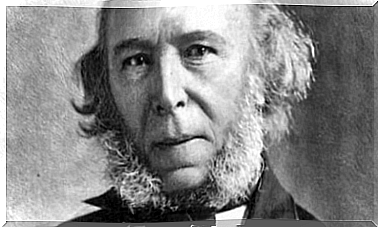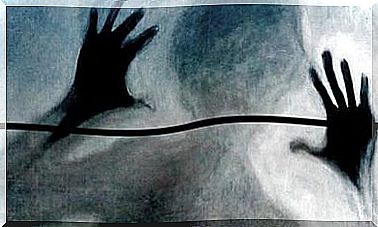The Experiment Of Deutsch And Krauss

The most interesting thing about Deutsch and Krauss’ experiment is that it shows us how people view each other as a rival or a threat when they have the same goals. Those who are able to view each other as allies increase the chances that both sides will win.
Negotiation is an art that we all practice at one time or another. It has to do not only with commercial matters, but also with the way we juggle all our obligations and duties. The experiment of Deutsch and Krauss focuses mainly on the negotiations and the patterns that determine those negotiations.
Researchers Morton Deutsch and Robert Krauss set out to find out why people’s negotiations often fail. The experiment of Deutsch and Krauss has established that two factors determine the success or failure of interpersonal negotiations: communication and threat.
They also confirmed that there are two ways to negotiate: cooperative and competitive. In the first, both sides will gain some advantage, but they will also have to give in in some areas. The second raises the stakes so that there are absolute winners and absolute losers.
Let’s take a look at how Deutsch and Krauss’ experiment came to those conclusions.

The first experiment of Deutsch and Krauss
Deutsch and Krauss’ first experiment created a two-person game. Both own a trucking company.
The goal is to make as many trips as possible between point A and point B. There are two roads: a short and a long one. However, the shortcut only goes in one direction and can only be driven by one truck at a time.
At the end of the short way there is a door. This will remain closed until the truck has started its way back. The two people participating in the game have no way of communicating with each other. They must interpret each other’s actions according to how they play.
In the first series of experiments, the researchers found that the participants played the game by blocking their rival’s abilities.
They used the door as a means of forcing their opponent to use the long route and gain an advantage. By playing this way, both players made only small profits.
The second and third experiment of Deutsch and Krauss
In the second part of Deutsch and Krauss’ experiment, the rules basically remained the same, but headphones were introduced.
This allowed both players to communicate with each other to make the game more fluid. However, while they were able to communicate, they did not. Thus, the results were generally the same as in the first experiment.
For the third experiment, Deutsch and Krauss introduced a new element. Now the players should talk to each other to continue the activity. It didn’t matter what they said, the important thing is that they had to keep communicating.
The result of the third experiment was varied. In some cases, the forced communication made it possible to make minimal agreements, which helped both of them increase their profits. In other cases, it had no effect and the gain was minimal, as with the first two experiments.
Conclusions of the experiment
Deutsch and Krauss’ experiment showed that there were two styles of negotiation. The first, as we mentioned above, is the cooperative style.
The main characteristics are a higher level of communication along with kindness and good will. They tried to coordinate the efforts and viewed the conflicting interests as a problem to be solved and not a threat.
The second style is the competitive style. In this method, the communication they have tries to thwart the other. The communication is simply used as a weapon to confuse or mislead the opponent. This ultimately eliminates any kind of trust and is therefore an obstacle to making agreements.
When competition comes into play, the participants usually have to work twice as hard. They don’t divide the work and take advantage of the other’s abilities, as they would in the cooperative model. The disagreements and attempts to neutralize the opponent also limit their gains.
Taking all the findings into account, Deutsch and Krauss’ experiment shows that people generally tend to adopt a competitive negotiating style. The most important thing for them is to beat the other – it becomes even more important than their own profit.
As a result, any win will be very limited. When working together, part of the profit is waived, but less effort is needed and a partial victory is guaranteed.









